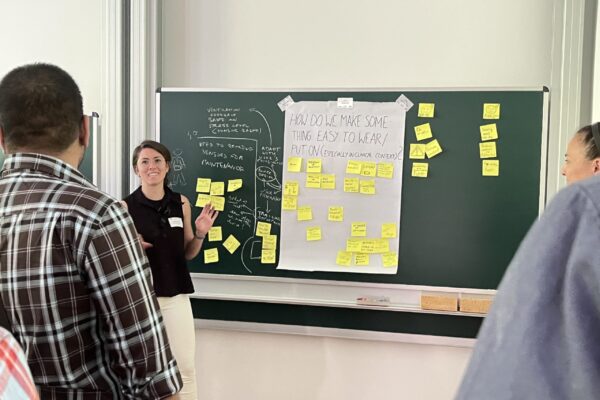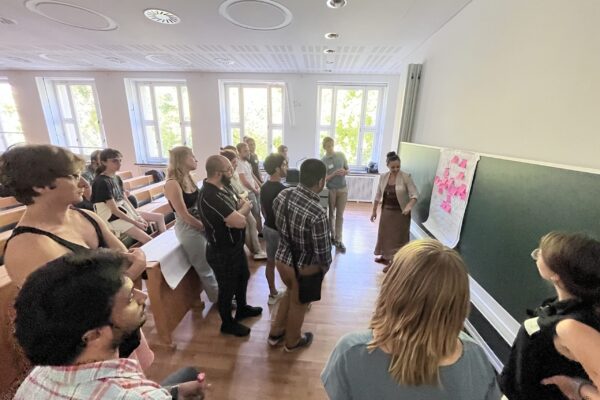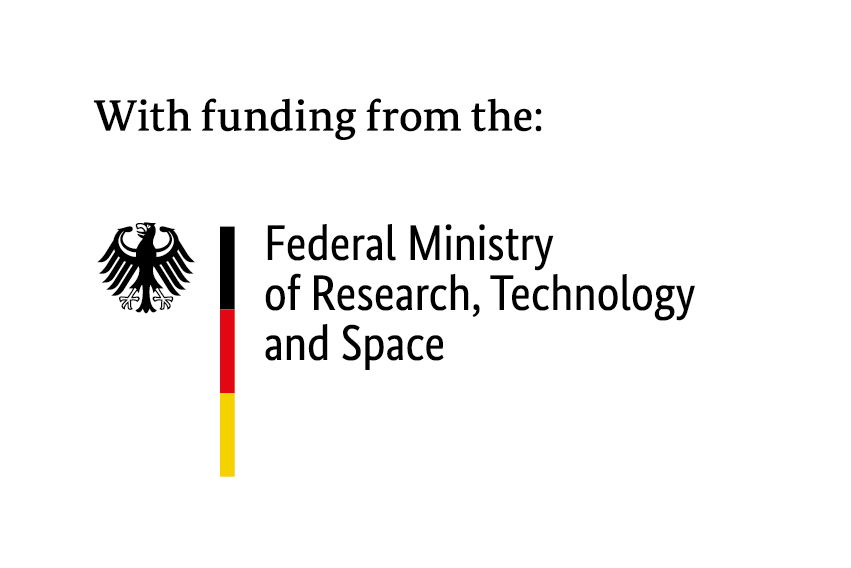My name is Grace Whitaker and I recently joined 6G-life at the TU Dresden hub as a postdoc.
Since completing my PhD at the University of Manchester, UK, I have been engaged in various multidisciplinary neuroscience projects in both Chile and the UK. My research has included studies of the brain’s response to vibrotactile stimuli, modifying robots for touch research applications, and exploring the neural correlates of self- versus other-affective touch through EEG. Presently, under the guidance of Prof. Merle Fairhurst, I am embarking on projects to contribute to the initiatives of 6G-life: We aim to better understand, and therefore improve human-machine interactions when it comes to our largest organ: the skin. I am conducting studies to examine the impact of different actuators and various forms of visual feedback on digital touch experiences. I further plan to utilise machine learning to integrate diverse data types, including brain activity (measured via fNIRs), physiological arousal measures, and behavioral data. The objective is to develop a system capable of predicting individual subjective affective touch perceptions. By achieving this, we hope to facilitate more personalised affective touch experiences in digital and robotic environments.
Dr. Whitaker can tell us about the work you did during the Dresden International Summer School on Haptics and Cognitive Robotics (HAPCOR)?
During my first month as a 6G-life postdoc, I had the pleasure of participating in the Dresden International Summer School on Haptics and Cognitive Robotics (HAPCOR). This event was a collaborative platform where international scientists, PhD students, and postdocs congregated to discuss and share ideas on evolving haptic and robotic technologies. Alongside Merle Fairhurst and Lisa-Marie Lüneburg, I was involved in organising the concluding workshop day, focusing on addressing chronic lower back pain through wearable solutions.
The workshop prompted discussions on integrating multisensory feedback and wearable haptic technologies for chronic lower back pain relief. Talks from experts such as Marta Matamala Gomez, Katrin Schulleri, and Lisa-Marie Lüneburg facilitated a deep dive into the practical aspects of multisensory feedback and the potential of wearable technologies in clinical contexts.
Participants, including special guests like Peer Knoblich, a seasoned physiotherapist from medSax, explored various perspectives and co-created research approaches by aligning scientific insights with real-world needs. The brainstorming sessions were particularly enlightening, applying design thinking methods to identify knowledge gaps and technological challenges in multisensory research and the integration of sensors & actuators into wearables.
The demonstration sessions of the VEIIO shirt (https://6g-life.de/good-vibes-only-a-digital-physiotherapy-assistant-with-vibration-feedback/) allowed participants to experience vibrotactile feedback and discuss feasible strategies for postural correction. Subsequent interdisciplinary team discussions generated solutions for challenges identified and opened up new avenues for further research in multisensory wearable technology application.
The final reflections revealed a spectrum of developmental directions and research questions, focusing on technological, multisensory, and design aspects of multisensory wearable technology. The importance of solutions being adaptable and personalisable to individual users and different contexts was strongly highlighted. We are planning a further MVP taking the outcomes of this workshop into a coherent product vision, fostering interdisciplinary collaborations within this expanding network around multisensory wearable technology.
This event was my welcome to this new position, and I came away with an abundance of ideas, solutions, and new connections with other researchers which will undoubtedly help me to bring my 6G-life projects to fruition.




